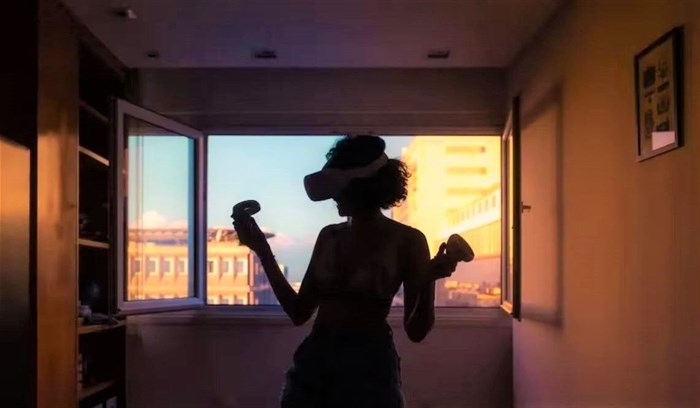While some people remain cautious or resistant to the idea, others see this technological evolution as an opportunity to develop new offers. Given tourism is a sector that moves forward largely in line with information and communication technologies, it is entirely relevant to look at how it could integrate this virtual universe.
So how could the metaverse take over tourism, a practice that requires physical travel?
Can tourism and technology work together?
There is a clear correlation between the development of tourism and that of technology. Indeed, from the computerised booking centres of the 1970s to the domestication of the Internet in the late 1990s, technology has always been used in tourism to develop new practices. The metaverse is part of this evolution of the Internet, which deploys increasingly immersive technologies to offer phygital experiences – i.e., that blur boundaries between the real and the virtual.
Whether it be for museums, national parks or heritage sites, the health crisis has also enabled many organisations to increase and sustain their use of technological tools to offer virtual reality tours. The Fly Over Zone application, as well as offering an exploration of World Heritage cultural sites, shows users what damaged sites would have looked like in their original state. Web giant Amazon launched “Amazon Explore”, allowing people to “travel the world, virtually”. This venture is an interactive live-streaming service, which they say allows you to discover new places from your computer. Although this service is still in its infancy, with a beta version it is likely that these virtual tours will progress to offer even more immersive formats.
When it comes to tourism, Asia is a forerunner, with proposals such as the Seoul Metaverse project, which aims to become the first major city in the world to enter the metaverse, with a tourist route reproducing the city’s main sites. But it is in France that we find one of the most successful projects with MoyaLand, a virtual tourism realm including a tourist office, museums, an airport and a historical centre where inhabitants and tourists can move around virtually via their avatars.
Source: https://www.bizcommunity.com/Article/196/788/230638.html
